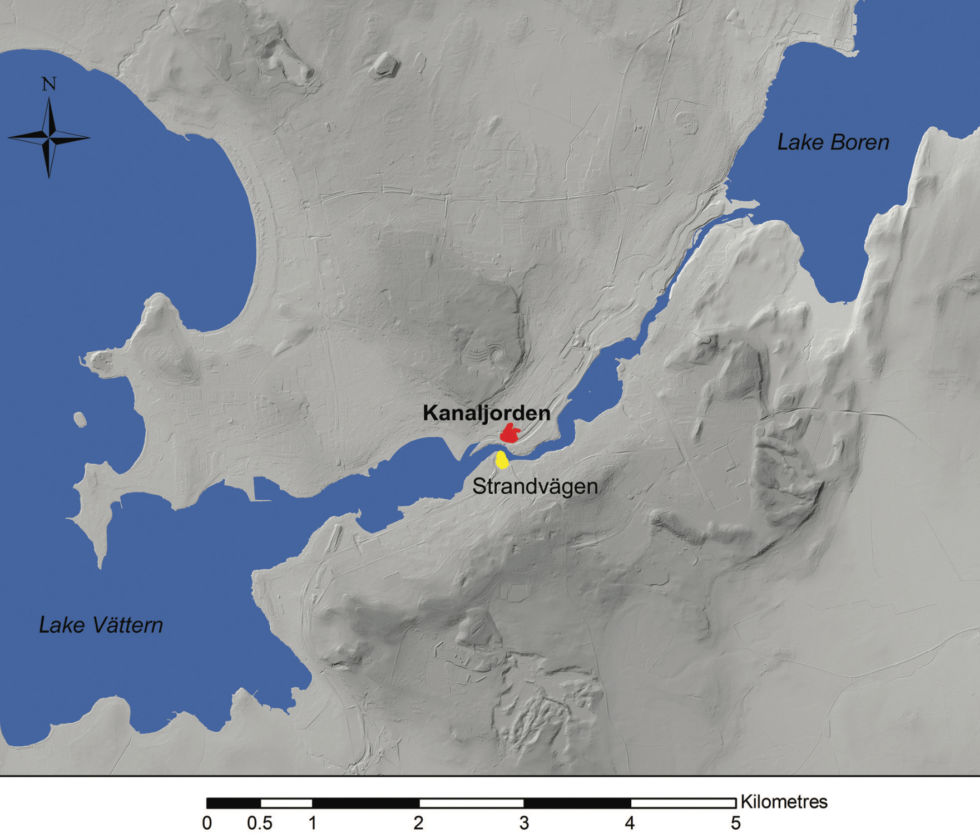
Antiquity
In east-central Sweden, workers demolishing a railway that crossed the Motala Ström River discovered something bizarre. For roughly 7,500 years, a shallow, swampy lake in the area had hidden a pile of stones that contained the skeletal remains of at least 10 people and weapons made of stone and antler. They also found the bones of bears, deer, boar, and a badger. Two of the human skulls were mounted on pointed stakes.
Thousands of years ago, this semi-submerged burial ground must have been an imposing sight for the small settlements located nearby. A pile of rocks rose above the water, covered in weapons, wooden structures, and the grisly remains of fearsome animals—as well as the skulls of some carefully chosen people. Now dubbed “Kanaljorden,” the archaeological site has finally begun to yield some secrets about the people who created it. In a recent article for Antiquity, Stockholm University archaeologist Sara Gummesson and her colleagues explain what the evidence reveals about how this ritual site was used.
Read 9 remaining paragraphs | Comments
from Ars Technica http://ift.tt/2EXXyXj
 MZ Digital Marketing Agency
MZ Digital Marketing Agency
0 comments:
Post a Comment